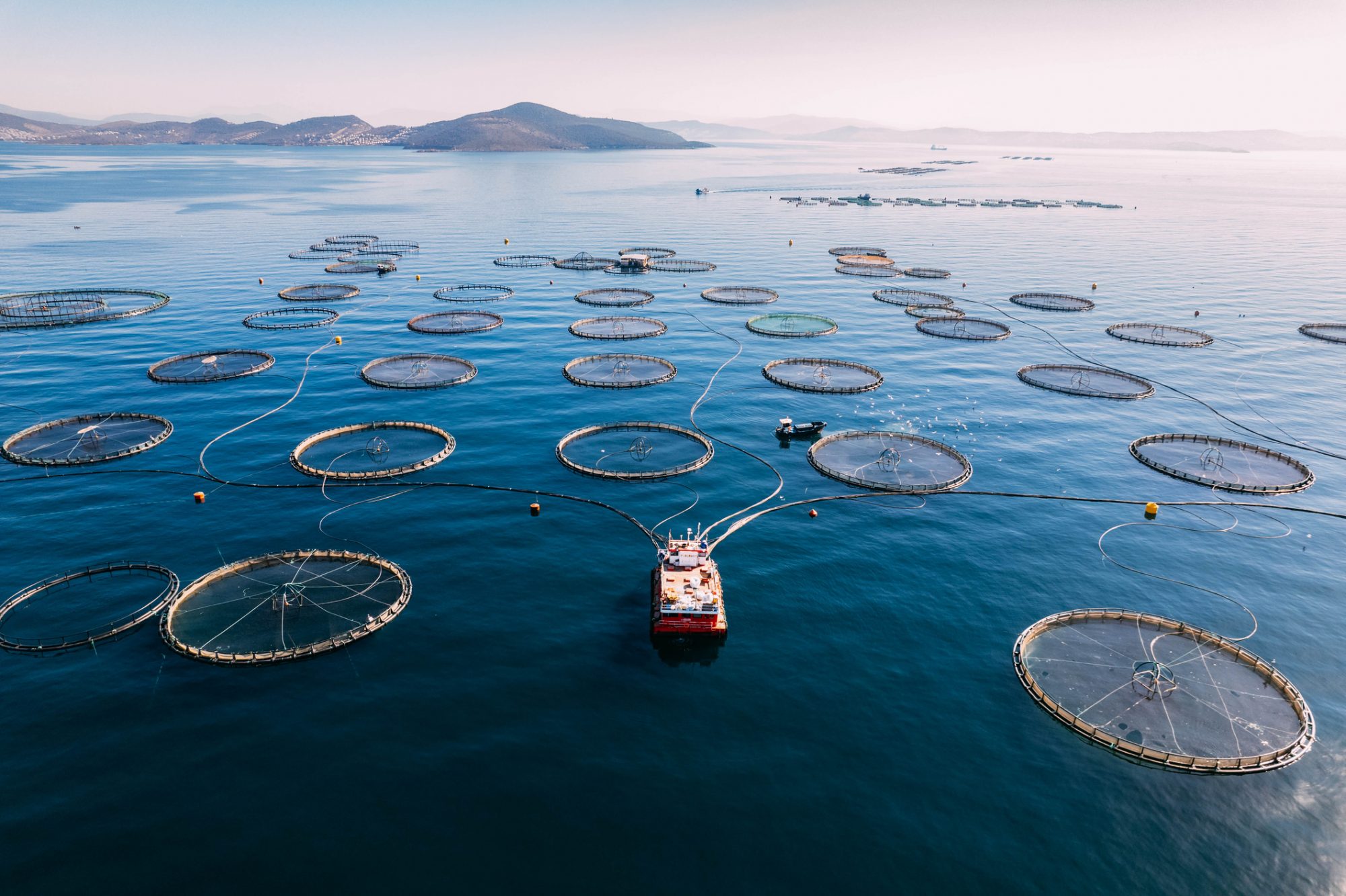- 您的话题内容不能为空。
- 作者帖子
- 23 2 月, 2025 12:15 下午 #573068

The fishery industry plays a vital role in the global economy, providing food, employment, and raw materials for millions of people around the world.
Fisheries encompass the practice of catching, breeding, and harvesting fish and other aquatic species for various purposes. Whether it’s for food, sport, or research, fishery management has become essential to maintaining sustainable fish populations and ecosystems.
In this article, we will provide a detailed introduction to fishery, exploring its history, types, challenges, and the importance of sustainable practices in the industry.
1. What Is Fishery?
Fishery refers to the industry involved in the breeding, harvesting, and management of fish populations. It can include both wild-capture fisheries, where fish are caught from their natural habitats, and aquaculture, where fish are farmed in controlled environments.
Fisheries have been part of human civilization for thousands of years, providing a primary source of protein for coastal and inland communities.
Today, fisheries contribute to food security, livelihoods, and international trade. The sector is diverse, involving many stakeholders, including fishers, scientists, regulators, and conservationists.
2. Types Of Fisheries
There are several types of fisheries that vary based on the fish species, the location of harvest, and the methods used. The most common types include commercial, subsistence, and recreational fisheries.
Commercial fisheries are the largest segment of the industry and are responsible for supplying the majority of the world’s fish and seafood.
These fisheries target a wide range of species, such as tuna, salmon, and shrimp, and use advanced fishing techniques, including large trawlers and longlines.
Subsistence fisheries are smaller-scale operations, typically involving local communities who rely on fishing for their daily sustenance.
These fisheries often operate in freshwater environments, with fish caught for personal consumption rather than for profit.
Recreational fisheries, on the other hand, are more focused on sport and leisure. This type of fishing, also known as angling, is a popular activity for individuals who fish for enjoyment rather than for commercial purposes. Though smaller in scale, recreational fishing can still have significant economic and cultural impacts.
3. Importance Of Fisheries
Fisheries are crucial for the global food system, providing a primary source of protein for billions of people worldwide. In many coastal areas, seafood is a staple food, and fish remains one of the most affordable and nutritious options for low-income populations.
Fisheries also contribute to the global economy, providing jobs in fishing, processing, distribution, and trade.
Beyond food, fisheries support a variety of industries, including pharmaceuticals, cosmetics, and biotechnology.
Fish products such as fish oil, gelatin, and fishmeal are used in the production of a wide range of goods. Additionally, fisheries contribute to recreational and tourism industries, with activities like fishing tours, seafood festivals, and coastal tourism creating local economic opportunities.
4. Challenges In Fisheries
Despite its significance, the fishery industry faces several challenges that threaten its sustainability. Overfishing is one of the most pressing issues, as demand for seafood continues to rise while fish populations are depleted.
Unsustainable fishing practices, such as illegal, unreported, and unregulated (IUU) fishing, further exacerbate the problem, leading to the collapse of entire ecosystems.
Another significant challenge is the impact of climate change on aquatic ecosystems. Rising ocean temperatures, ocean acidification, and altered migratory patterns affect fish populations and their habitats. Pollution, habitat destruction, and invasive species also pose threats to the health of fisheries.
To address these challenges, fishery management and conservation efforts are critical. Sustainable practices, such as quota systems, seasonal closures, and the promotion of aquaculture, are essential for ensuring the long-term viability of fisheries.
5. Sustainable Fishery Practices
Sustainability is at the heart of modern fishery management. The goal is to balance the need for seafood production with the preservation of marine and freshwater ecosystems.
Sustainable practices include implementing regulations on catch limits, fishing gear, and fishing seasons to prevent overfishing.
Additionally, efforts to restore habitats, reduce bycatch, and improve the traceability of seafood are important for creating more sustainable fisheries.
Aquaculture has become a popular solution to meet the growing demand for fish. By farming fish in controlled environments, aquaculture reduces pressure on wild fish stocks and provides a reliable source of seafood.
However, aquaculture also comes with its own set of challenges, such as the need for responsible feed production and waste management.
In conclusion, an introduction to fishery reveals that this vital industry is essential to the global economy and food security. As the world faces increasing environmental pressures, the need for sustainable fishery practices has never been more critical.
By focusing on responsible management, conservation efforts, and sustainable practices, fisheries can continue to provide valuable resources for generations to come.
Whether through commercial fishing or aquaculture, the future of fisheries depends on finding a balance between economic needs and environmental stewardship.
Read Also: Cooperative Society in Agriculture
- 作者帖子
- 哎呀,回复话题必需登录。

